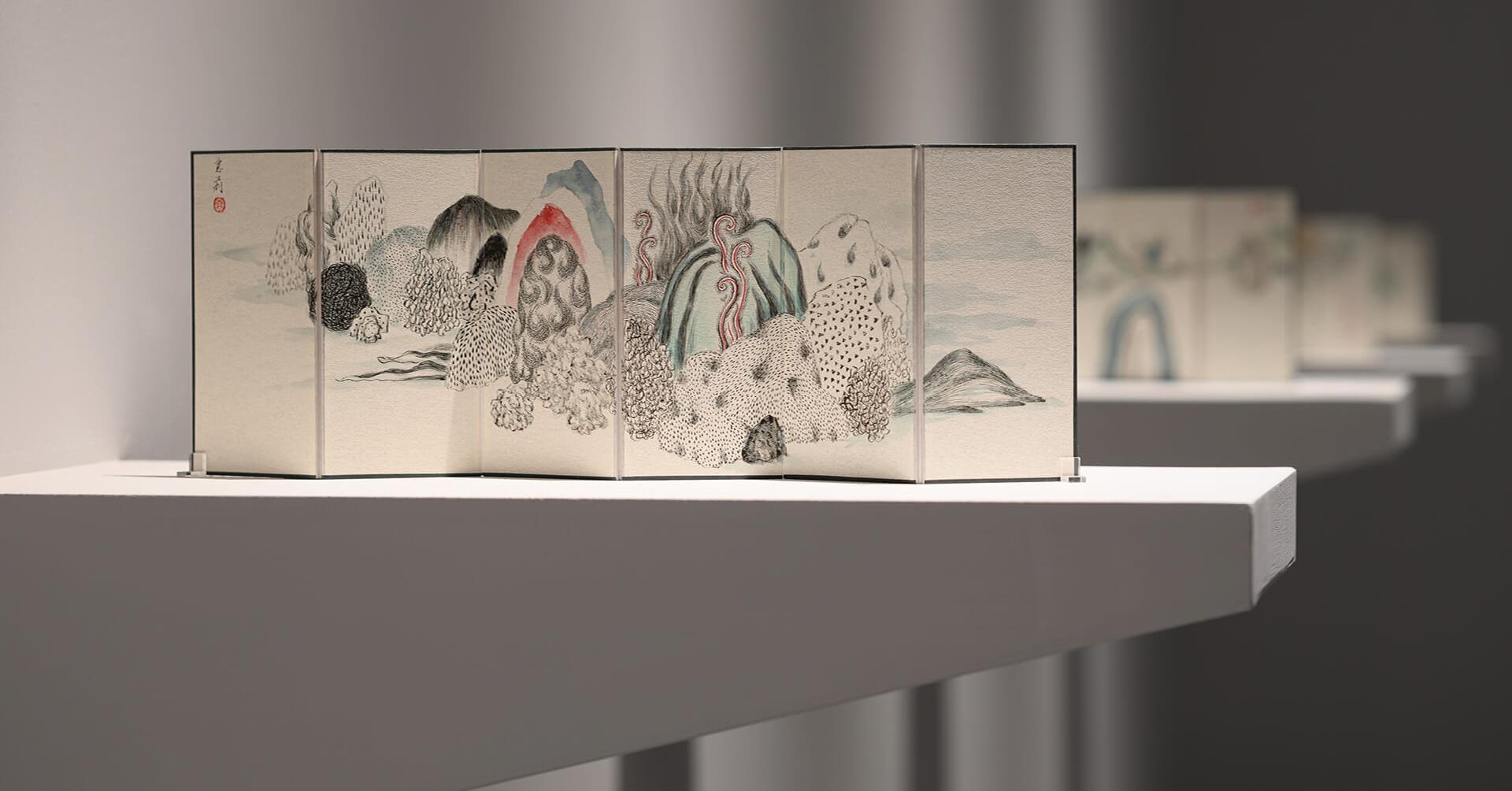Are you curious to know what is lacking in shanshui? You have come to the right place as I am going to tell you everything about lacking in shanshui in a very simple explanation. Without further discussion let’s begin to know what is lacking in shanshui?
In the world of art and philosophy, the concept of “lacking in shanshui” holds a unique and thought-provoking place. It’s a phrase that transcends language barriers and carries a deep philosophical significance, inviting us to contemplate the interplay between nature, art, and the human experience. In this article, we’ll delve into the essence of “lacking in shanshui,” its origins, and the rich tapestry of meanings it weaves.
What Is Lacking In Shanshui?
The term “shanshui” originates from Chinese culture and translates to “mountain and water.” It encompasses the beauty and harmony found in natural landscapes, particularly those featuring mountains, rivers, and other elements of the natural world. “Lacking in shanshui,” on the other hand, refers to the intentional omission of these natural elements in traditional Chinese landscape paintings.
The Artistic Paradox:
In a culture deeply influenced by reverence for nature, it may seem paradoxical to create art that intentionally lacks representations of the very landscapes that are celebrated. However, “lacking in shanshui” carries a profound message that transcends the canvas and delves into the realms of philosophy, spirituality, and the human experience.
Interpretations And Meanings:
- Emptiness and Fulfillment: By leaving out the visual elements of shanshui, artists invite viewers to ponder the role of emptiness in our lives. This emptiness is not a void, but rather a space for contemplation and imagination, allowing room for fulfillment to arise.
- Transcending the Physical: “Lacking in shanshui” challenges us to move beyond the physical representation of landscapes and dive into the intangible essence of nature. It encourages us to explore the deeper connection between the outer world and our inner perceptions.
- Impermanence and Change: Traditional Chinese philosophy emphasizes the impermanence of all things. By omitting the static representation of landscapes, “lacking in shanshui” reflects the ever-changing nature of reality.
- Engagement with Nature: Paradoxically, the absence of shanshui elements can heighten our awareness of the natural world. By prompting us to engage more deeply with nature, it fosters a sense of unity and interconnectedness.
- Cultivating Inner Landscape: “Lacking in shanshui” challenges us to explore our inner landscape—the emotions, thoughts, and perceptions that shape our experience of the outer world. It invites us to consider the harmony and dissonance within ourselves.
Beyond The Canvas:
While “lacking in shanshui” finds its origins in traditional Chinese art, its implications extend far beyond the realm of painting. It encourages us to embrace the richness of life by recognizing the beauty in absence, the potential within emptiness, and the infinite possibilities that arise when we engage with the world with open hearts and minds.
Conclusion:
“Lacking in shanshui” invites us to take a step back, gaze beyond the obvious, and immerse ourselves in the depth and complexity of existence. It’s a reminder that true appreciation of nature, art, and life emerges when we let go of the confines of what is visible and allow our imagination and consciousness to roam freely. This concept encapsulates the fusion of art and philosophy, offering a perspective that encourages us to find beauty, meaning, and connection in the voids and spaces that shape our perceptions of the world.
FAQ
What Is The Concept Of Shanshui Very Short?
Shanshui literally means ‘mountain water’ that represents ‘landscape’. Mountain is Yang, that is stable, warm, dry and reaches vertically towards the heaven. While the water is Yin that is fluid, moist, cool and horizontally resting on earth.
What Is The Middle Void?
The ‘Middle Void’ is the empty space between ‘Yang’ and ‘Yin’. Their interaction takes place here. It is represented by white unpainted space in Chinese paintings.
What Is The Concept Of Shanshui As Given In The Landscape Of The Soul?
Answer: shanshui literally means mountain water. Used together, mountain and water represent the word landscape. … The mountain is the YANG which reaches the heaven vertically ,stable,warm and dry in the sun. The water on the other hand is YIN horizontally and resting on the earth , fluid,moist , and cool.
What Is The Importance Of The Middle Void As An Essential Third Element Of The Chinese Landscape?
The Middle Void is essential — nothing can happen without it; hence the importance of the white, unpainted space in Chinese landscape. This is also where Man finds a fundamental role. In that space between Heaven and Earth, he becomes the conduit of communication between both poles of the Universe.
I Have Covered All The Following Queries And Topics In The Above Article
What Is Lacking In Shanshui
What Is Lacking In Shanshui?
What Is Lacking In Shanshui Why It Is Essential
What Is Lacking In Shanshui ?
(D) What Is Lacking In Shanshui?
What Is Lacking In Shanshui Answer
What Is Lacking In Shanshui Class 11
(D) What Is Lacking In Shanshui ?
What Is Lacking In Shanshui
What is the third element in Shanshui

